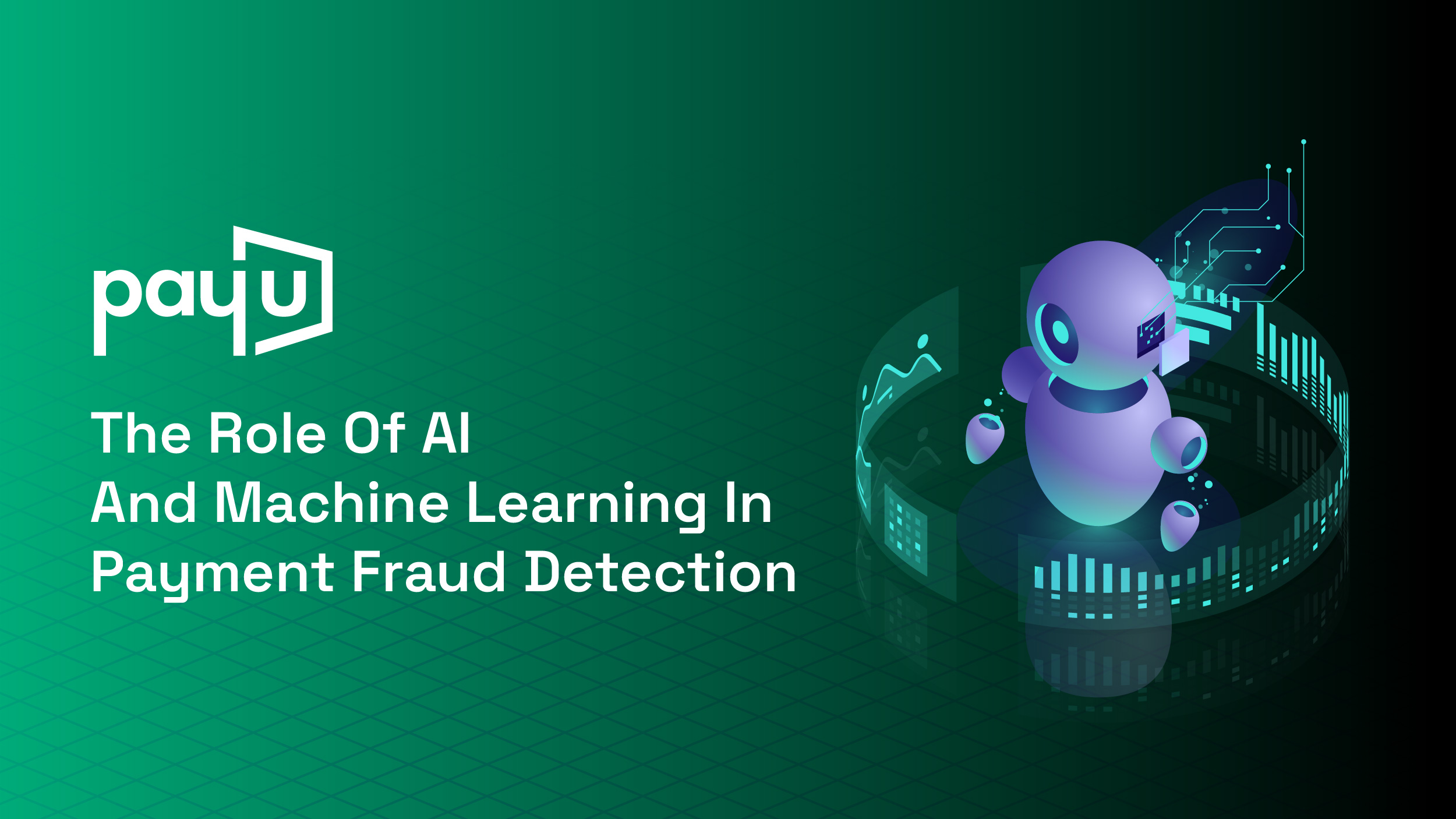
In recent years, AI (artificial intelligence) and ML (machine learning) have been probably the most widely discussed technologies worldwide. These technologies offer a wide range of tools that are being gradually integrated into our professional and personal lives, allowing you to perform many labor-intensive, time-consuming, and complicated tasks with ease and efficiency.
One such application of AI and ML is identifying suspicious activities and detecting online payment fraud. However, before we delve deeper into the use of AI and ML for payment fraud detection, it is essential to understand the differences between these two technologies and their specific applications.
What is AI?
AI systems are specially designed to integrate a large volume of data with intelligent algorithms that mimic or stimulate human-like actions and decision-making processes. It can be used for various purposes, such as image recognition, problem-solving, reasoning, language processing, and more.
This revolutionary technology functions by collecting data, processing it, selecting an algorithm, modifying the model’s parameters, analysing the results, and deploying it for the task at hand. It also uses feedback loops from the users to improve over time.
What is machine learning?
Machine learning is essentially a form of artificial intelligence that enables systems to think like humans. It learns and improves based on previous experiences. In comparison to AI, ML algorithms require minimal supervision as they continually learn on their own.
Why are AI and ML relevant to detecting payment fraud?
With the rise in cybercrime instances in India and the evolving sophistication of financial threats, it is almost impossible for humans to keep up with processing a large volume of data efficiently and securely. It is impossible for humans to compete with the speed and accuracy of data analysis and interrogation that AI and ML deliver.
Consequently, it has become necessary that we embrace AI and ML technologies for fraud detection. A recent study by the Association of Certified Fraud Examiners suggested that about 17% of organisations are already leveraging AI and ML for fraud analysis.
How can you utilise AI and ML for detecting payment fraud?
AI and ML can help with fraud detection in different ways. Here are a few ways businesses are leveraging these technologies.
- Improves transactional efficiency
Artificial intelligence and machine learning can help businesses streamline the payment process and identify the potential risks in payments receivable and financial reporting. They can also help in managing expectations and spot fraud or suspicious anomalies in large sets of data based on the previous patterns.
- Adaptive learning
Another significant advantage of fraud detection using machine learning and AIis that these technologies have the capability to improve, adapt, and identify even newer types of risk that may not have occurred before with unmatched efficiency.
- Cleaning master data
There is no debating over the fact that master data is one of the most valuable assets of a business organisation. Additionally, AI can help maintain its good health and protect it from various phishing and theft attempts.
For example, AI and ML can organise even the most complex set of data neatly and categorise it in any way you want. Additionally, they can help you create links or identify connections between specific values, and refine the master in a format that is easy to use.
Additionally, having well-structured data can provide valuable insights into your business, enabling you to identify potential threats or fraud more easily and take appropriate steps to prevent them.
- Invoice fraud detection
Speaking of credit card fraud detection using AI and machine learning, you cannot overlook the role of these amazing technologies in invoice fraud detection and prevention. When AI and ML are integrated efficiently into your business’s payment system, they can analyse all the income invoices quickly and flag off the duplicate invoices, ones that have mismatched amounts and other fraud indicators.
With a large number of invoices coming into your business, it can be impossible to verify all of them manually. But with AI and ML, you can do it efficiently, quickly and save a lot of your time and energy.
- Analysing trends
When you integrate AI into your business applications or payment solutions, it can help identify trends and other external factors, providing valuable insights into potential risks at an early stage. Thus, it helps you be proactive and take appropriate preventive measures before any risk or fraud occurs, thereby helping you avoid potential losses in the business.
For example, AI can help predict fraudulent attacks based on cybercrime trends and assist you in understanding the impact on the business’s finances, offering solutions to counter the threat.
- Real-time analysis
AI and ML enable real-time analysis of all financial transactions, facilitate fraud detection, and provide a prompt response to potentially fraudulent activities.
Conclusion
Although the use of AI and ML across business sectors has grown exponentially in recent years, many experts suggest that their true use has been limited until now. Still, it is expected to develop rapidly in the future. Businesses, banks, and financial organisations will likely leverage AI and ML technologies to detect fraud and reshape the way we look at fraud detection and prevention.
Secure & grow your business with PayU solutions. Start today!



